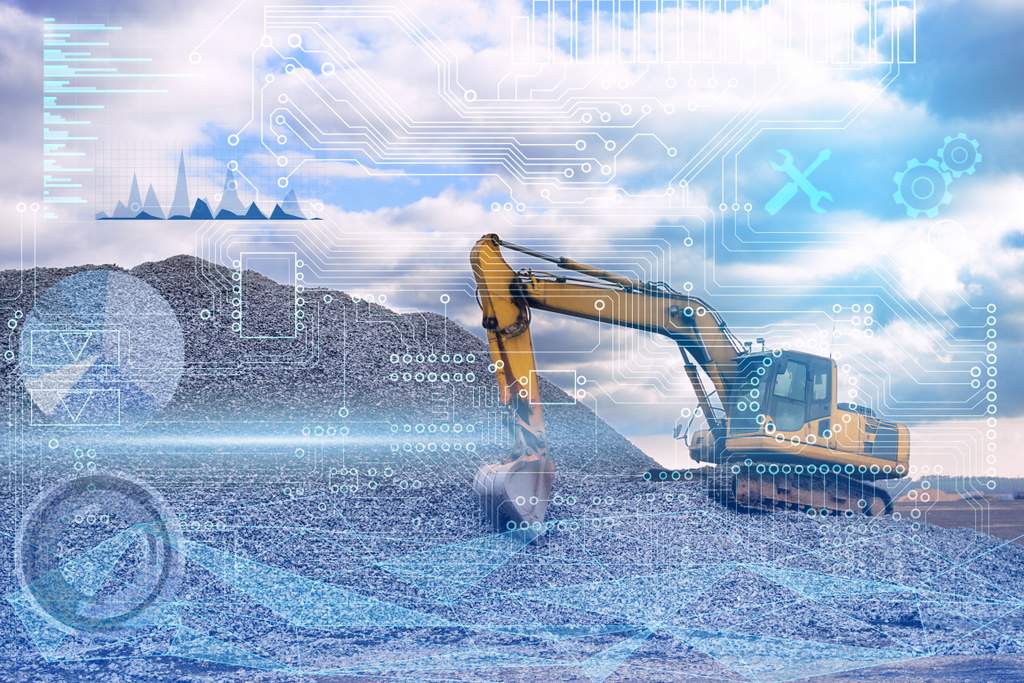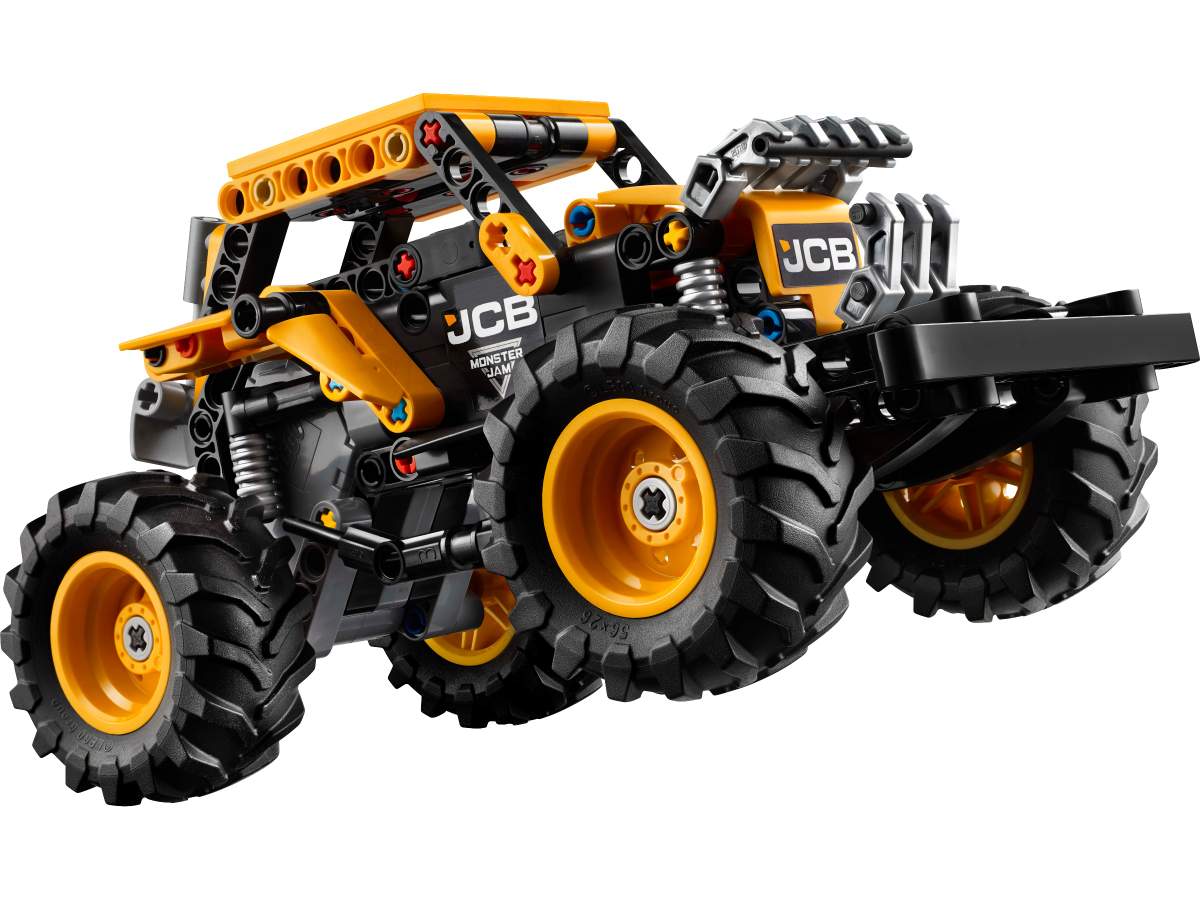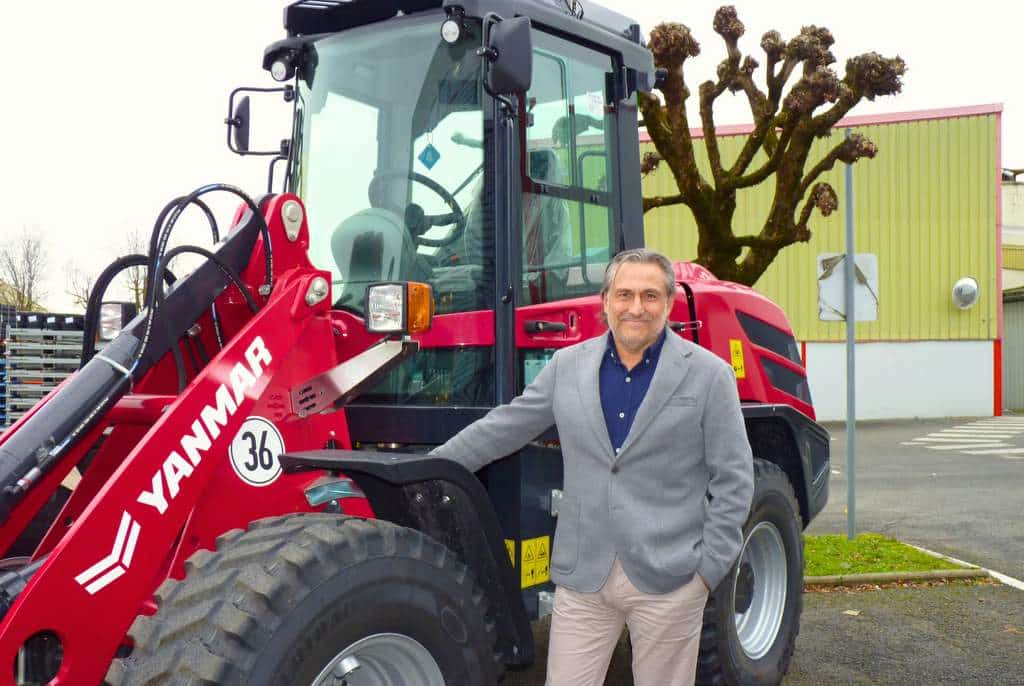Best Practices for Getting the Most from a Rental Experience
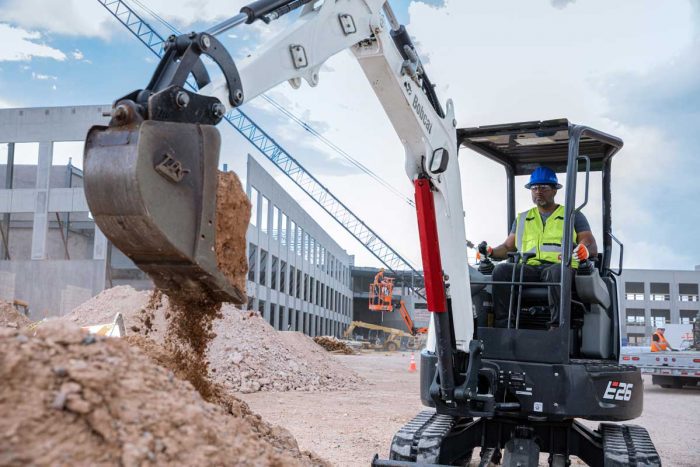
Long before the phrase ‘sharing economy’ was coined the concept existed in rental. Rental allows for the cost of ownership to be split among users. For contractors, this allows for lower overhead costs and better access to the right tool for the job.
Rental has become an essential part of the construction industry. Rental equipment now makes up more than 50% of contractor fleets and that percentage is growing according to research conducted by the American Rental Association (ARA).
As contractors use more rental equipment, the more important it becomes to get the most from a rental experience.
Rent the Best Equipment for the Job
Rental companies help contractors day in and day out and have a wealth of knowledge and training on their equipment. Contractors who experience the most success with rental equipment recognize rental professionals as resourceful partners.

Approach the rental company with the task at hand rather than a list of equipment. Talking through the job is a fast process and ensures the contractor has the most effective equipment for the job. Rental companies care most about building trust, because a key component of their business is satisfied, repeat customers.
Save Time and Headaches
Harness rental store professionals’ knowledge on equipment operation to save time and jobsite headaches. Equipment can have quirks and is not always intuitive. The fastest way to overcome obstacles and get the most out of the equipment is with a quick walk-through with a rental professional or a phone call to the rental provider.
It is also worth noting that while overall maintenance is covered by rental companies, there are some day-to-day machine checks to take care of at the job site. Tasks like greasing digging equipment and calling when the hour meter goes over the hours indicated on the preventative maintenance (PM) sticker can keep equipment in better shape for longer. Renters who handle these tasks help to keep costs down and prevent equipment issues for everyone.
Optimize Time with the Equipment
Rental rates are most commonly based on time with the equipment. The cost per day decreases when the rental period increases from days to weeks to months.
To maximize value, align usage to fall within a single rental period whenever possible. For example, aligning projects to allow the equipment to be used at a job site directly following use at a different job site means the contractor can take advantage of cost breaks associated with a longer rental period.
Rental rate break downs vary based on equipment category, but generally align with the following:
- Day rate: Day rates are for a 24-hour period.
- Week rate: Week rates are 3-3.5 times the cost of the day rate.
- Month rate: Monthly rates are 2-2.5 times the cost of the week rate. In rental, a month is considered four weeks or 28 days, not the number of days in that particular month.
Rental agreements are designed to give the renter the best rate with discounted rates for longer rental periods.
While it may cost nothing to keep equipment until the end of the rental period, there may be incentives to return it early. Call the rental company and ask if it’s possible to receive a discount for an early return.
Prevent Disputes Before They Happen
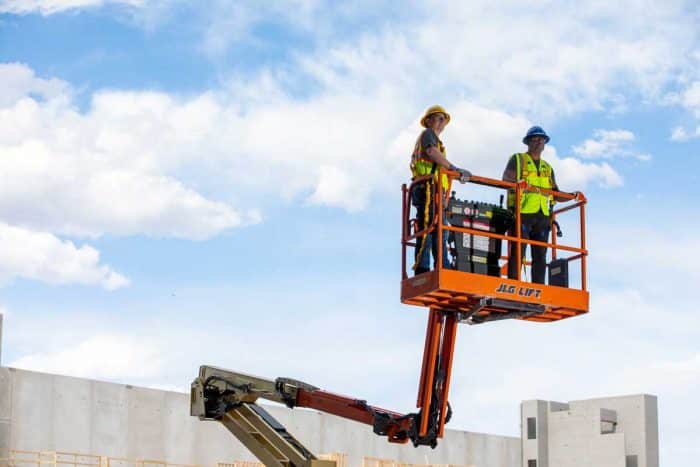
Rental contracts are complex and necessarily so. They need to cover everything from the correct amount of equipment to the fuel in the tank upon return. The most common disputes are over pricing and repair.
Pricing disputes can be minimized by having conversations about what costs are variable and which are not. For example, if equipment is used for multiple shifts, rates may fall outside of the standard agreement to account for the additional usage.
Repair costs are divided into normal wear and tear, and damage. Normal wear and tear repair is covered by the rental company as part of the contract. If a portion of the equipment is dented or broken, those repair costs are the responsibility of the renter. It is always good to have photos of the equipment when it is delivered and again at pick up. Some rental companies handle taking photos, but not all. Be sure to ask if photos will be included.
If equipment displays warning messages or errors, stop using the equipment and call your rental provider. If operation continues without heeding the warnings, additional damage may not be covered by the rental company.
Determine if Waivers and Protection Plans are Needed
Lost damage waivers, also known as rental protection plans, offer protection for accidental or unintentional damage. These unexpected repair costs can add up to tens of thousands of dollars depending on equipment and extent of damage. Misuse and abuse of equipment are not covered by these plans. Waivers and protection plans are not insurance. These plans may not be needed if the contractor’s insurance plan provides protection.
Find the Right Partner
The most important factor in getting the most from the rental experience is the relationship with a rental provider. From advice on the best equipment for the job to a seamless rental process, having the right partner makes renting equipment more efficient. For those looking for a local rental partner, use RentalHQ.com to search for American Rental Association affiliated partners. The RentalHQ tool can also locate specific tools and equipment rental availability in the local area.
Josh Nickell is the vice president of the equipment segment at the American Rental Association.
You love dealer news. Can’t get enough, right? Well, click here for more. Like, lots more.

